These Book-to-Screen Adaptations, Like Annihilation, Were Wildly Misunderstood — And That’s What Makes Them Brilliant
These film adaptations refused to color inside the lines.

Do you devour the book before the movie or show? You’re in the right place. Sure, the 2025 movie schedule and 2026 TV premiere dates are stacked with glossy page-to-screen hits—think Netflix’s The Woman in Cabin 10 (which made a notable change from the book), Ryan Gosling’s Project Hail Mary finally getting a trailer, and the first Emily Henry adaptation already staking a spot on the 2026 movie release calendar. But today we’re pulling a different volume off the shelf: the book-to-screen adaptations that baffled audiences at first glance and aged into brilliance—films like Annihilation, Under the Skin, The Shining, I’m Thinking of Ending Things, Mary Shelley’s Frankenstein, and The Thing. Open your TBR list if you like, but keep an open mind—these are the stories that don’t just translate; they transform.
The films below were tagged as “divisive,” “unfaithful,” or “too weird for their own good” when they landed. Look again. Their boldest choices — the very ones that sparked arguments — are what make them last.
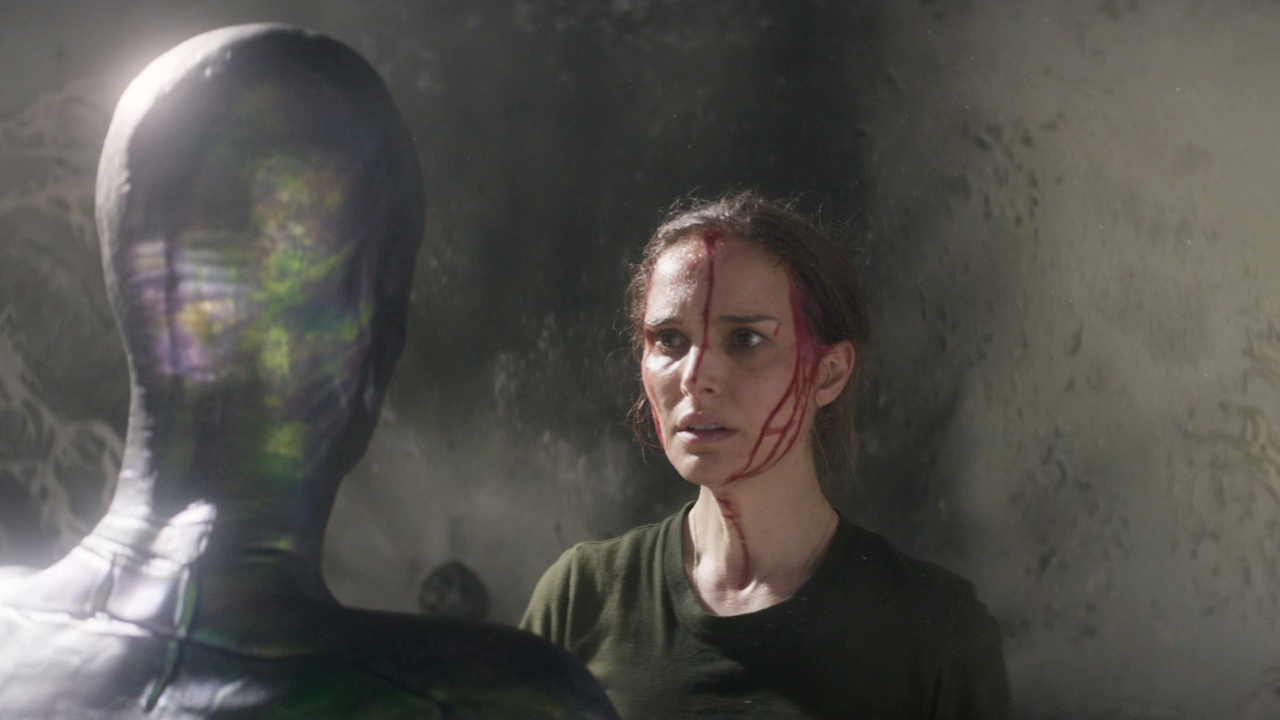
Annihilation (2018)
Alex Garland didn’t try to mount Jeff VanderMeer’s Annihilation on screen line by line, maybe to the author's dismay. But instead, the filmmaker made an echo of the novel, working as an atmospheric translation that keeps the book’s nerve endings and grows a new body around them. That decision threw some viewers. Where were the exact plot beats? Why the changes to character backstories, or the final act’s wordless, alien choreography?
Because that’s the point. Annihilation isn’t a puzzle to be solved, but a mood to be absorbed. “Area X” becomes a cinematic petri dish where grief and self-destruction refract into something uncanny. The shimmer doesn’t just mutate flora and fauna; it mutates genre. One minute you’re inside a great survival thriller, the next you’re in a body-horror tone poem, and then you’re staring into a mirror that moves like a thought you can’t shake. The film’s “departure” from the source isn’t a bug, but a feature. There is no flaw in its adaptation, because what we are treated to is Garland's experiment working.

Under The Skin (2013)
Michel Faber’s novel is sharp, satirical, and explicit about its alien’s purpose. Jonathan Glazer’s film erases the instruction manual, leaving you with atmosphere and a lot of silence. For some, that minimalism seemed empty. Where’s the exposition? Why so many unanswered questions?
Because explanation would kill the spell, Scarlett Johansson, in one of her best performances in my book, prowls Glasgow like an animal. She is a black void that lures men into her trap, and the movie is both literal and metaphorical. The film turns Faber’s ethical inquiry into a sensory trance, where sound design hums under your skin and images feel like trespass. Viewers expecting your standard sci-fi movie scaffolding sometimes found it jarring. But as a piece of experiential cinema — a study of gaze, consent, and otherness — Under the Skin is a masterpiece hiding in plain sight.

The Shining (1980)
Famously, Stephen King hates Stanley Kubrick's adaptation of The Shining. And I get it. It is almost nothing like the book, except that it, too, is about a family trapped together in a snowy hotel. Whereas Stephen King’s novel is about a good man losing a fair fight with an evil place. Stanley Kubrick’s The Shining is about a man who was already halfway gone, wandering a maze that wants him because he wants to be lost. That shift, and Kubrick’s allergy to King’s moral clarity, infuriated faithful readers. For years, the film wore “unfaithful” like a scarlet letter.
Your Daily Blend of Entertainment News
And yet, the film has become the Overlook Hotel in pop culture: you can check out, but you never really leave. Kubrick replaces plot propulsion with spatial dread. The geometry is wrong; the Steadicam stalks; the carpet fights your eyes. Jack isn’t possessed so much as revealed. Brilliant adaptations don’t just carry over the story; they translate the theme into form. Here, the hotel’s hunger becomes architecture and rhythm. The distaste some had for Kubrick’s coldness is the very thing that lets the movie chew on you decades later.
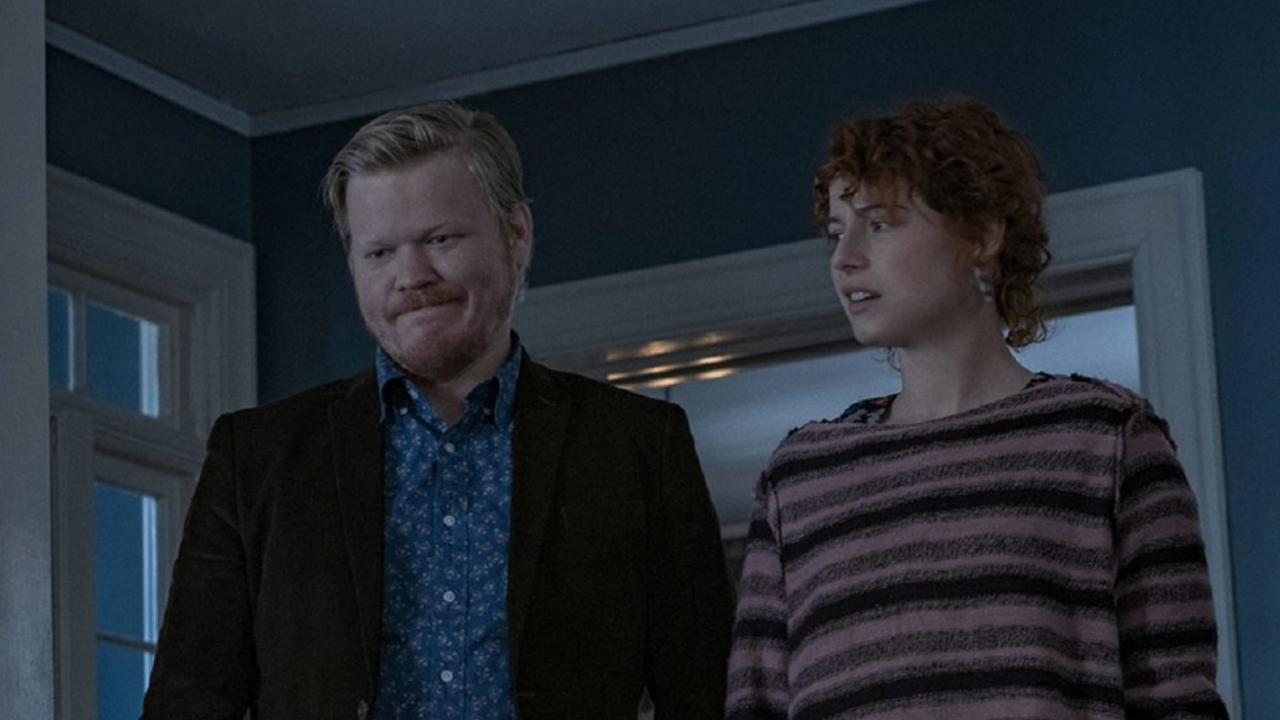
I’m Thinking Of Ending Things (2020)
Iain Reid’s novel is a nesting doll of unease. Charlie Kaufman takes the book’s troubling intimacy and opens it, giving us a road movie that keeps turning back on itself, that curdles into dream logic, a school that swallows time. Viewers who wanted concrete answers often felt exasperated by the time credits rolled. Why the dance sequence? What’s with the pig? The Oklahoma musical?
Because Kaufman understands the assignment, the “solution” is the style. Identity, regret, and self-mythologizing aren’t footnotes; they are the editing, the casting (Toni Collette and David Thewlis vibrating at unsettling frequencies), the abrupt genre pivots. The movie externalizes an interior monologue without telling you it’s doing it. That can feel like obfuscation if you’re waiting for the twist to be handed over. For me, it was the perfect way to adapt this unsettling book.
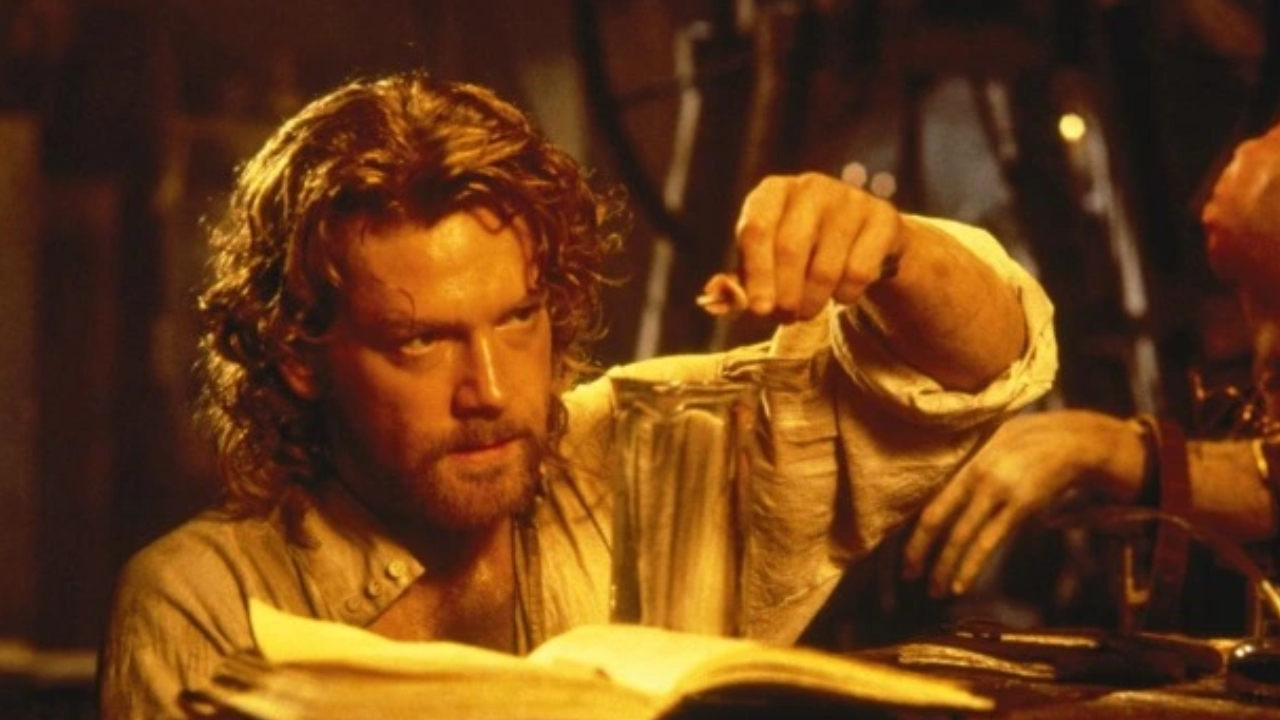
Mary Shelley’s Frankenstein (1994)
At this point, every generation has its take on Frankenstein. Most recently, Guillermo del Toro brought us a beautiful adaptation starring Jacob Elrodi as the Creature. But when I was growing up, I had the 1994 Mary Shelley's Frankenstein.
Some dismissed Kenneth Branagh’s take on Mary Shelley’s novel as overheated — too much muscle, too much romance, too much everything. It didn’t help that Robert De Niro’s Creature arrived after a century of pop-culture telephone, where bolts and grunts had replaced Shelley’s eloquent outcast. To many, this wasn’t their Frankenstein.
But excess isn’t the problem here. Shelley’s book is a storm of passion all turned up to eleven. Branagh films those emotions at body temperature. The camera whips, the score swells, and De Niro’s Creature speaks with tragic, angry intelligence. Does it go big? Absolutely. So does the novel. The film reclaims Shelley’s philosophical heartbreak — about responsibility and the monstrousness of neglect — and refuses to play it as the quiet, sepia tragedy we’ve turned it into. That's why I love it.
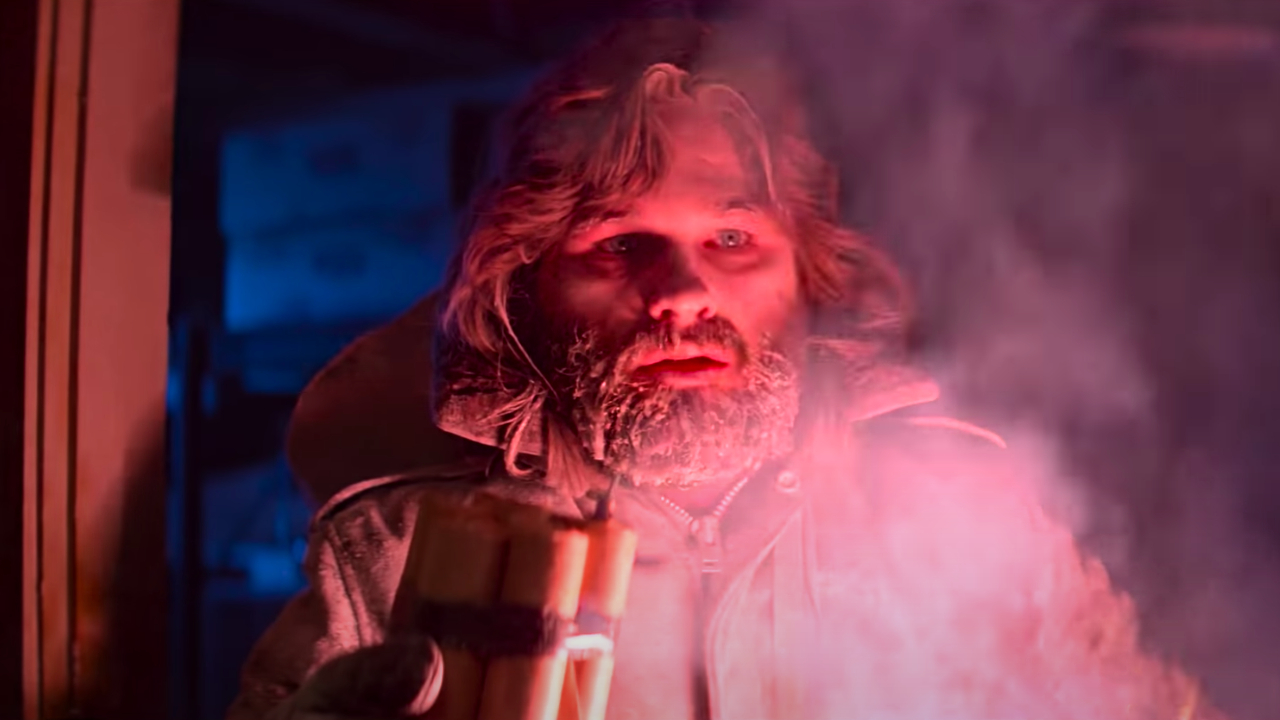
The Thing (1982)
John Carpenter’s The Thing was panned on release as nihilistic and gross, especially in the long shadow of E.T. arriving the same year to hug the world. Critics called it heartless. Audiences shrugged. The novella, John W. Campbell Jr.’s “Who Goes There?," had already been adapted in 1951’s The Thing from Another World, and many expected a similar monster-on-the-loose ride.
Carpenter, instead, delivers a paranoia-drenched body-horror movie. The creature is as much a social idea as a biological one: a perfect imitation that weaponizes trust. That’s not just faithful to Campbell; it’s an evolution of his premise into film language, with practical effects that feel wet and wrong, compositions that isolate men in wide frames, a score (Morricone, sparer than you remember) that thumps like a bad prognosis. The misunderstanding stemmed from most people mistaking bleakness for emptiness. In reality, The Thing is full of dread, of craft, of questions about who we become under pressure.
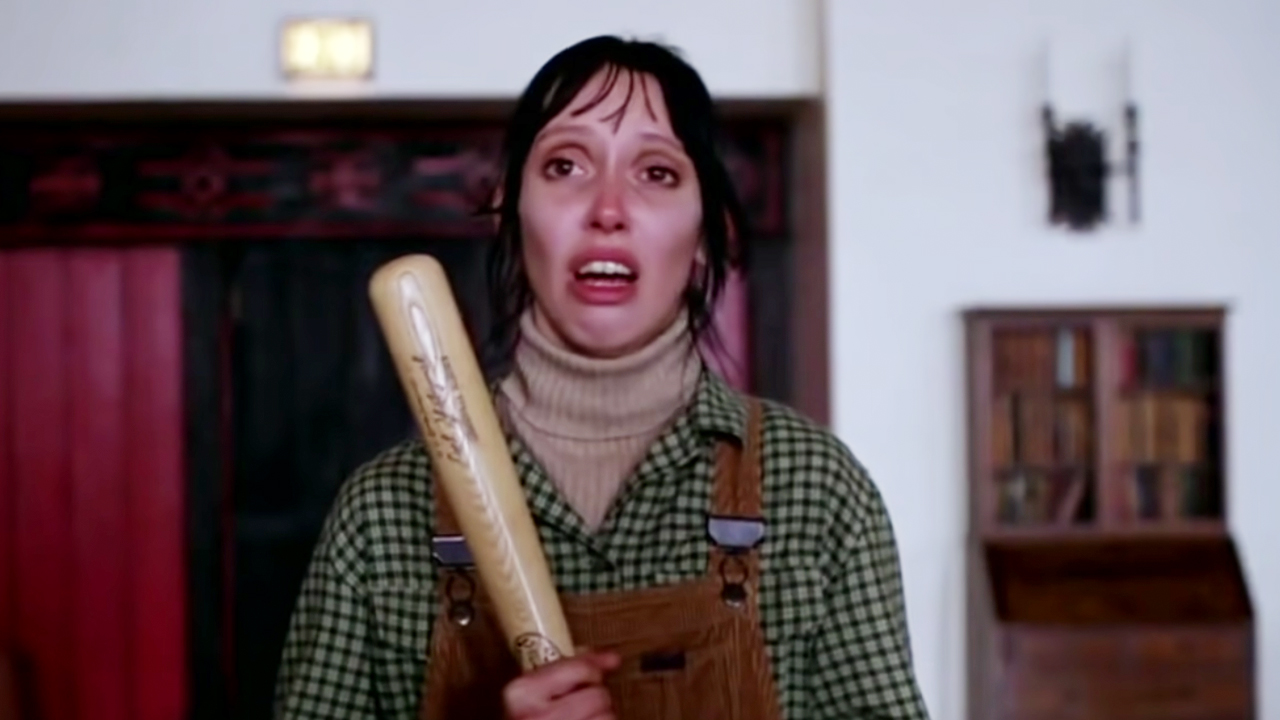
Why “Misunderstood” Often Means “Ahead of Its Time”
A lot of book-to-screen adaptation discourse gets stuck on a single axis of faithful vs. unfaithful. It’s tidy, but completely misses the point. Faithfulness to the plot is one option, but faithfulness to feeling is another. The films above choose the latter, as they adapt psychology, theme, and tone. That decision invites friction. Viewers arrive with the book in their heads; the movie has a different heartbeat. The first watch can feel like whiplash. The second and third watches, the ones without the expectation hangover, are where these films click into place.
When these movies were dinged, it was often for the very muscles they built to do their jobs. So, take it from me, and give these misunderstood flicks another shot.

Ryan graduated from Missouri State University with a BA in English/Creative Writing. An expert in all things horror, Ryan enjoys covering a wide variety of topics. He's also a lifelong comic book fan and an avid watcher of Game of Thrones and House of the Dragon.
You must confirm your public display name before commenting
Please logout and then login again, you will then be prompted to enter your display name.
